| Navigation | Gattungsnamen können mit 3 Buchstaben abgekürzt werden, z.B. Bel peren | Genus names can be abbreviated by 3 letters, e.g. Bel peren | |
| Galium pumilum MURRAY |
| Fam.: Rubiaceae \ Rötegewächse / Bedstraw Fam.
|
| Gattung / Genus: Galium L. |
Die Blätter von Galium pumilum sind denen von Galium anisophyllon und Galium lucidum ziemlich ähnlich. Oft haben die Blätter Borsten am Rand, manchmal sind sie auch ganz kahl. Galium pumilum hat einen gestreckten Wuchs, die Internodien können zwei bis drei Mal so lang sein wie die Blattlänge. Die unteren Stängelabschnitte sind fadenförmig. Der Blütenstand ist schmal und hoch. Die vier Kronzipfel sind recht kurz und ziemlich breit, sie besitzen kein fadenförmiges Anhängsel. In Deutschland kommt Galium pumilum in Mittelgebirgen ziemlich oft vor, es steigt jedoch kaum in die höheren Regionen der Alpen. The leaves of Galium pumilum are quite similar to those of Galium anisophyllon and Galium lucidum. The leaves often have bristles on the edge, sometimes they are completely bare. Galium pumilum has an elongated growth, the internodes can be two to three times as long as the leaf length. The lower sections of the stem are thread-like. The inflorescence is narrow and elevated. The four corolla lobes are quite short and broad, they do not have a thread-like appendage. In Germany, Galium pumilum is quite common in low mountain ranges, but it rarely climbs into the higher regions of the Alps. |
| Autoren / Authors: | |||
| Johan Andreas Murray (1740 - 1791), schwedischer Arzt + Botaniker / Swedish physician + botanist | |||
| Carl von Linné (Linnaeus, 1707 - 1777), schwedischer Naturforscher, der das binäre Benennungs-System für Pflanzen + Tiere einführte / Swedish naturalist who introduced the binary naming system for plants + animals | |||
| Etymologie / Etymology: | |||
| Galium: | griechischer Pflanzenname, von gala = Milch (zum Säuern von Milch verwendet) / Greek plant name, from gala = milk (used to acidulate milk) | ||
| pumilum: | klein / dwarf | ||
| anisophyllon: | ungleichblättrig / unequal-leaved | ||
| lucidum: | glänzend / shining | ||
 | ||
|
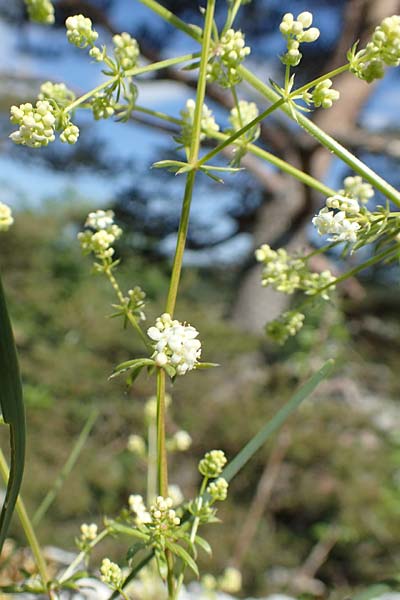 | ||
|
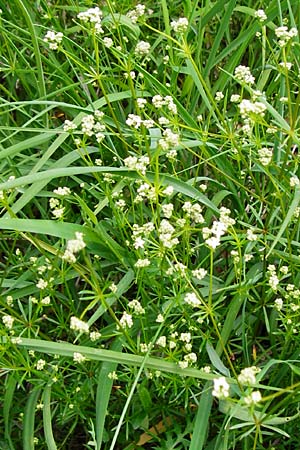 | ||
|
 | ||
|
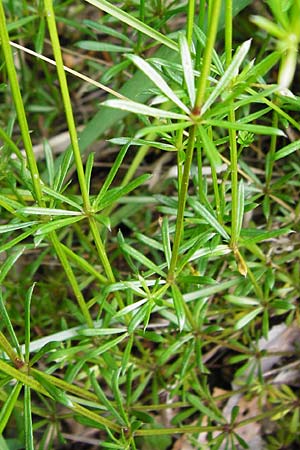 | ||
|
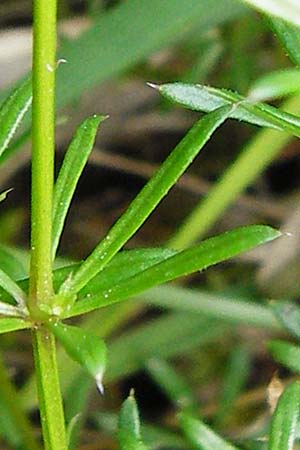 | ||
|
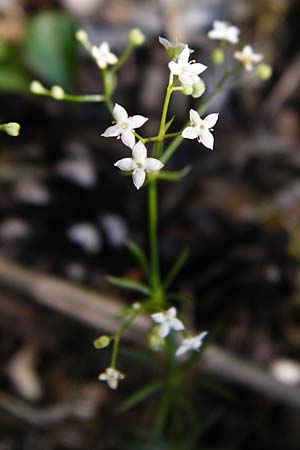 | ||
|
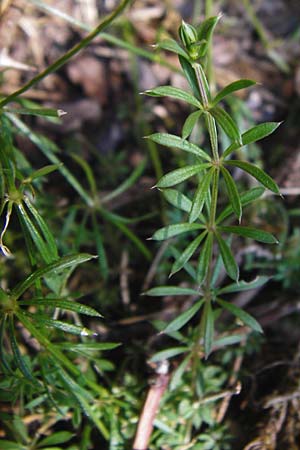 | ||
|
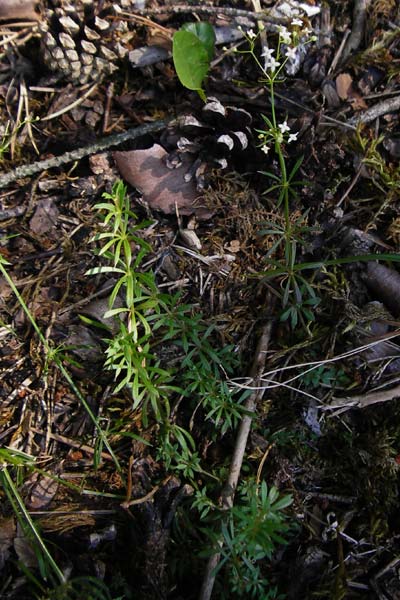 | ||
|
 | ||
|
 | ||
|
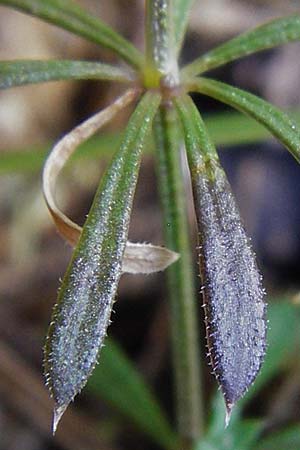 | ||
|
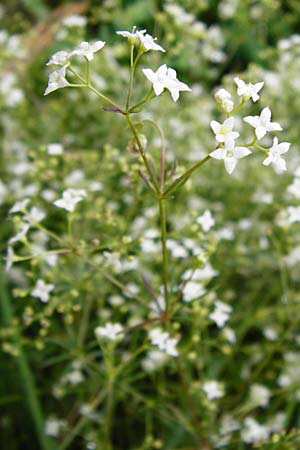 | ||
|
 | ||
|
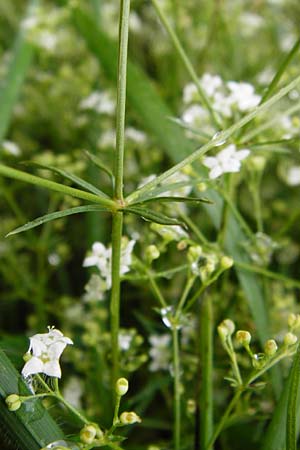 | ||
|
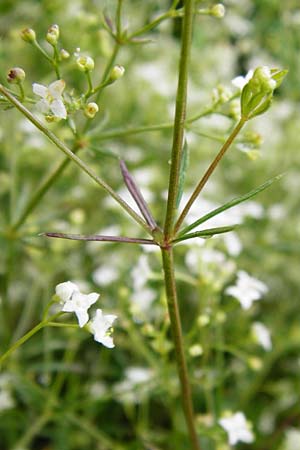 | ||
|
 | ||
|
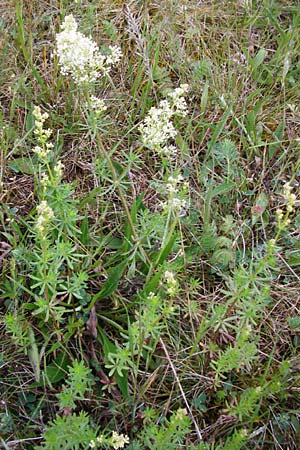 | ||
|
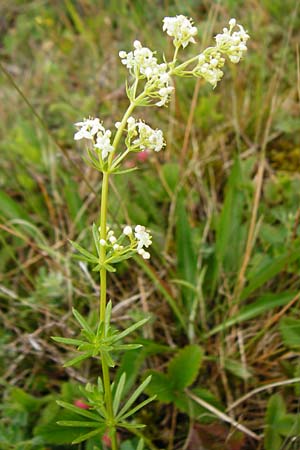 | ||
|
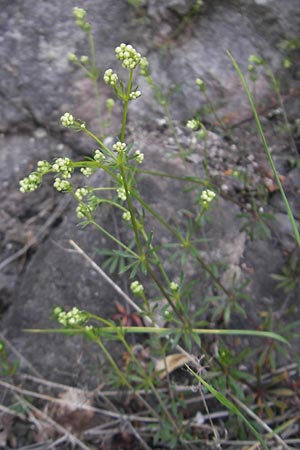 | ||
|
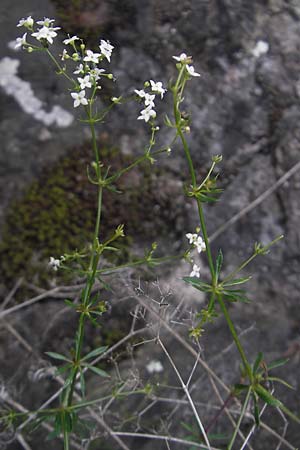 | ||
|
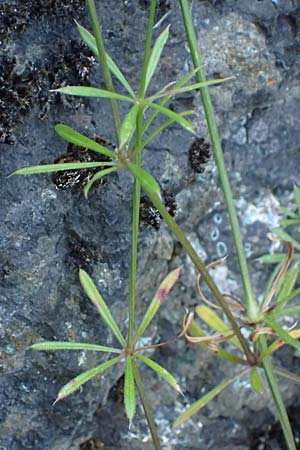 | ||
|
 | ||
|
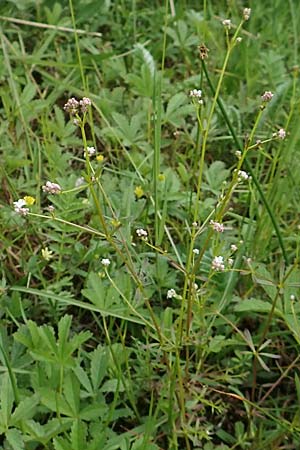 | ||
|
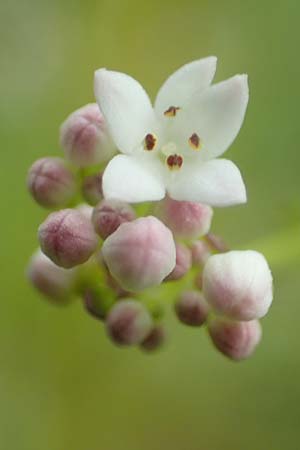 | ||
|
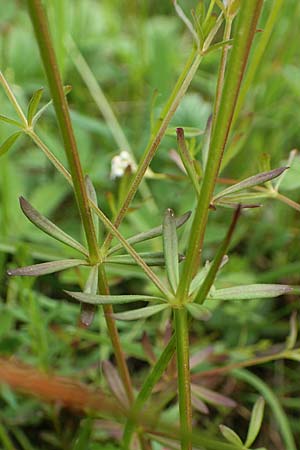 | ||
|
 | ||
|
 | ||
|
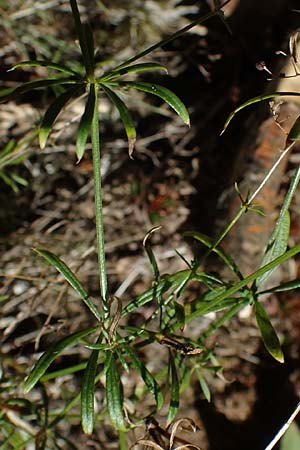 | ||
|
 | ||
|
 | ||
|
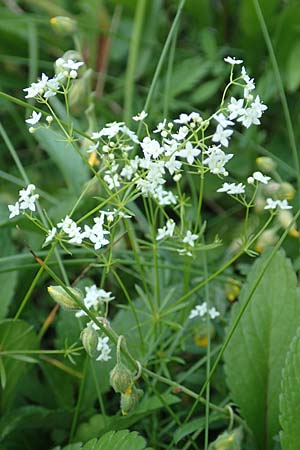 | ||
|
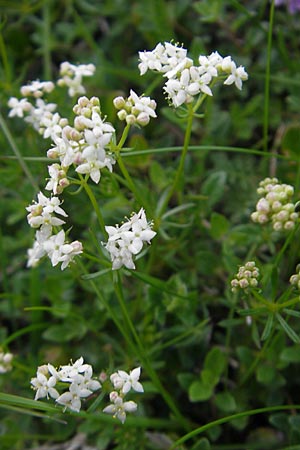 | ||
|
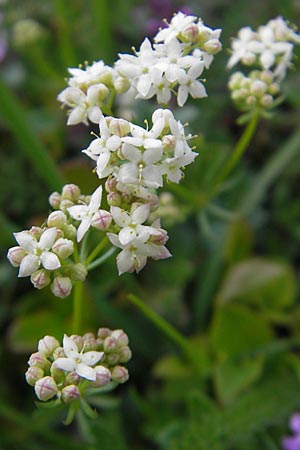 | ||
|
 | ||
|
 | ||
|
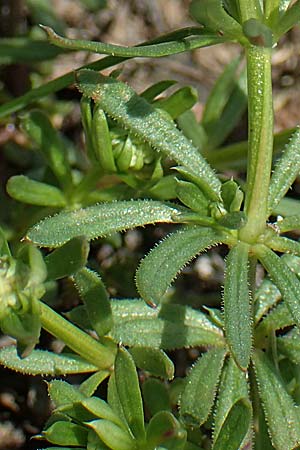 | ||
|
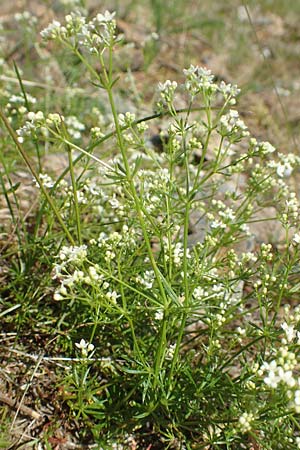 | ||
|
 | ||
|
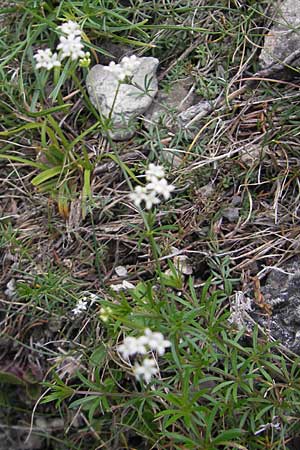 | ||
|
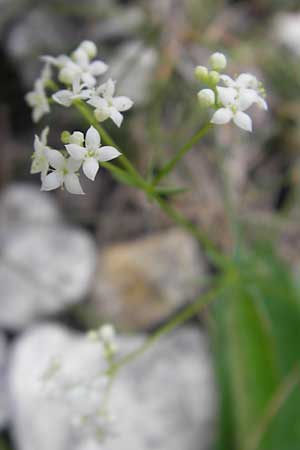 | ||
|
 | ||
|
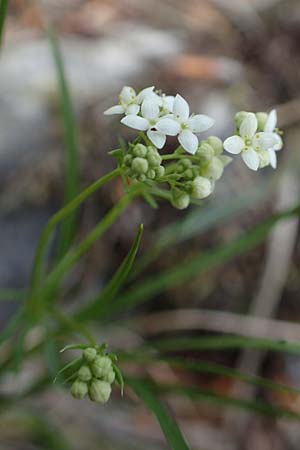 | ||
|
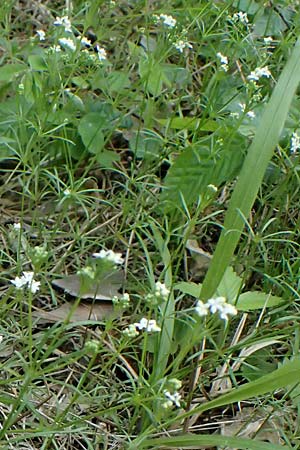 | ||
|
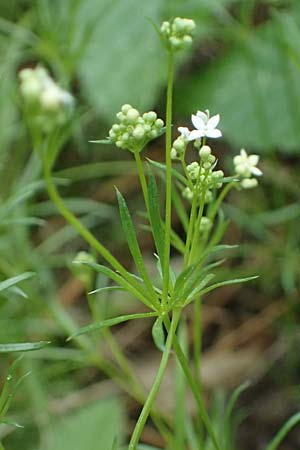 | ||
|
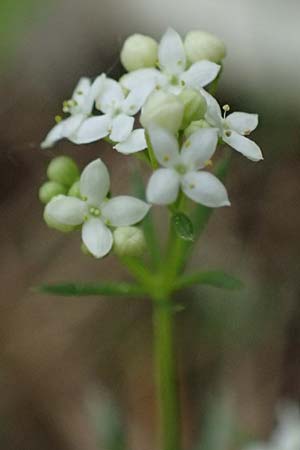 | ||
|
|
Nach oben
To top |
|
Startseite
Start page |
|
Inhalt
Contents |
|
Orchideen
Orchids |
|
Andere Pflanzen
Other Plants |
|
Pflanzen nach Familien
Plants acc. to Families |
|
.. Verwandtschaft:
.. Relationship: |
|
APG
APG |
|
trad.
trad. |
|
.. wiss. Namen
.. Scientific Names |
|
.. deut. Namen
.. German Names |
|
.. engl. Namen
.. English Names |
|
.. Blütenfarben
.. Bloom Colors |
|
.. Blütenbau
.. Flower Anatomy |
|
.. Blattform
.. Leaf Form |
|
.. Regionen
.. Regions |
|
.. Aufn.-Monat
.. Photo Month |
|
.. Früchten + Samen
.. Fruits + Seed |
|
.. Wurzeln + Knollen
.. Roots + Bulbs |
|
Schädlingsbefall + Missbildungen
Pest Infestation + Deformations |
|
Bäume
Trees |
|
Sträucher
Bushes |
|
Wasser-Pfl.
Water Plants |
|
Kletter-/Schling-Pfl.
Climbers + Twiners |
|
Nutz-Pfl.
Useful Pl. |
|
Zier-Pflanzen
Ornamental Pl. |
|
Farb-Var.
Color Var. |
|
Mehrere Kriterien
Multiple Criteria |
|
Biotope + Gruppen
Biotopes + Groups |
|
Botan.Links
Botan.Links |
| Copyright: Verwendung der Bilder und Texte nur mit schriftlicher Genehmigung des Autors. |
| Copyright: Use of the images and texts only with the author's written permission. |